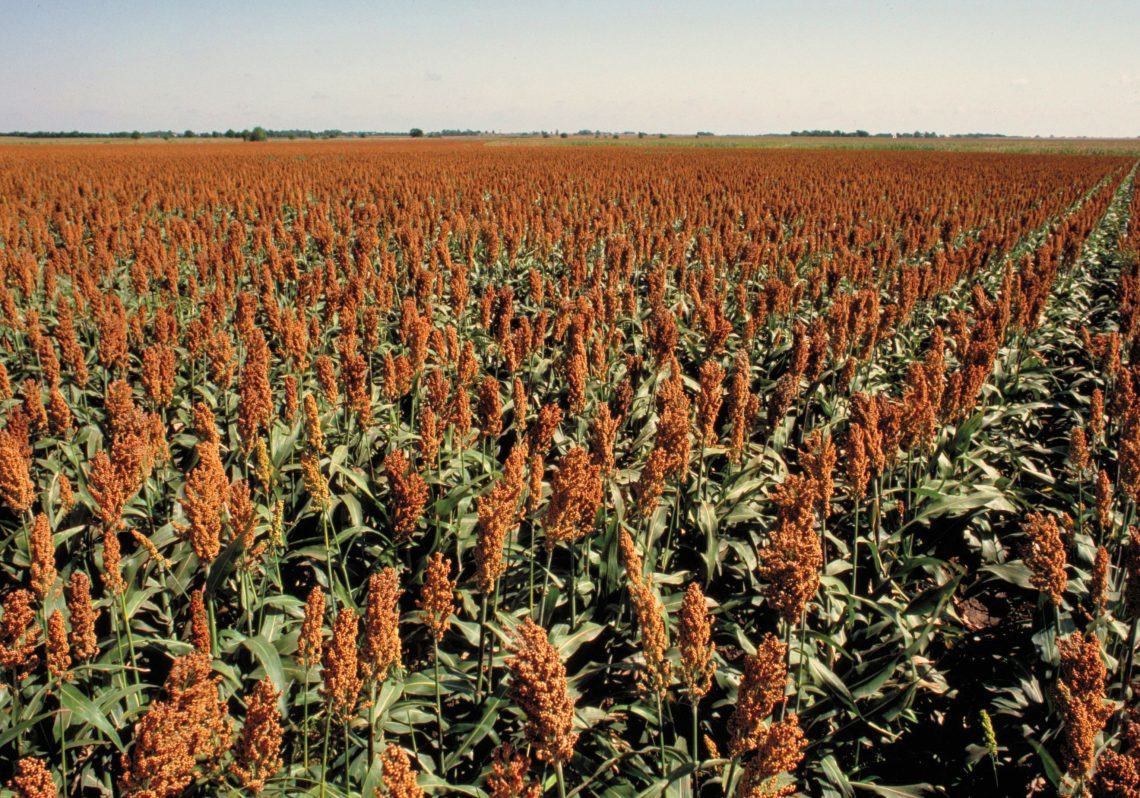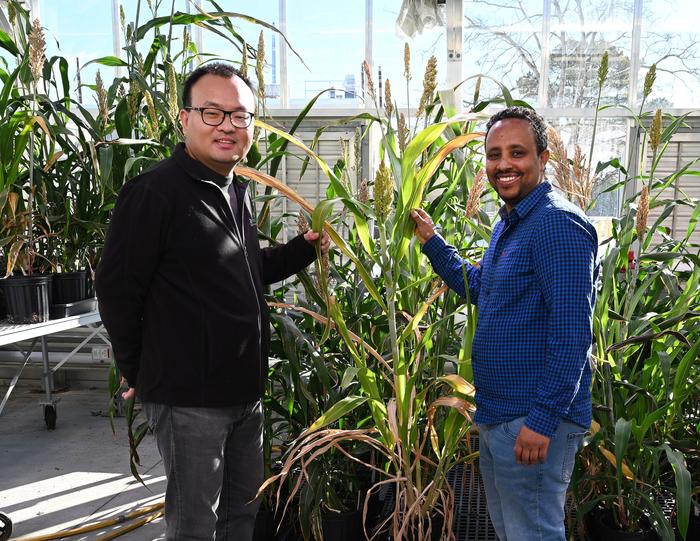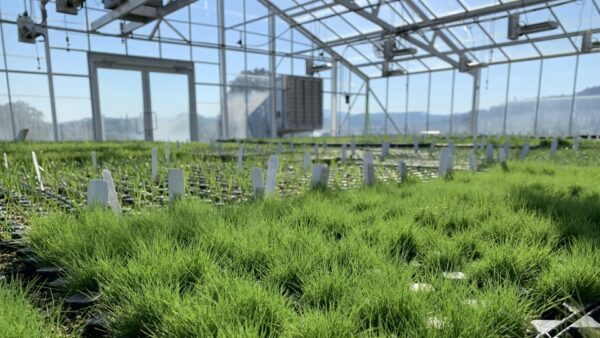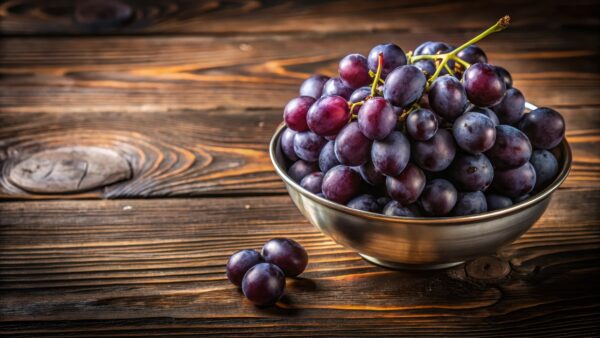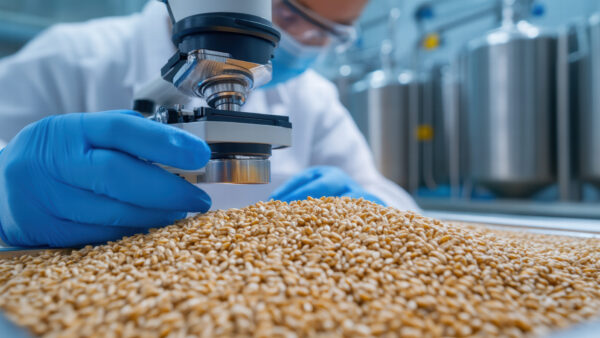Climate change poses significant challenges to European food production, with extreme weather events like droughts and heavy rainfall increasingly threatening the yields of traditional cereals such as wheat, rye, and barley. To secure a long-term supply of high-quality staple foods like baked goods and pasta, innovative strategies are essential, according to a press release. One promising yet underutilized and under-researched solution in Europe is the cultivation and processing of sorghum— a crop renowned for its drought tolerance, resilience, and low greenhouse gas emissions.
This is where a transnational project of the Industrial Joint Research (IGF) coordinated by the FEI comes in: As part of the CORNET project Climate-Smart Grain Crops, a team from the University of Hohenheim and two Austrian research institutions in Wels and Vienna are jointly researching the possibilities of making sorghum more usable and establishing sorghum as a high-quality cereal in European food production.
Sorghum is among the world’s most vital staple foods. Originally native to Ethiopia, its largest producers today include the U.S., Nigeria, and India. With exceptional drought resistance and minimal soil and water requirements, sorghum holds significant potential as a grain-based staple in Europe, offering a solution to climate-related fluctuations in food supply. Globally, sorghum is used in various forms — porridges, flatbreads, drinks, animal feed, and even as an energy crop. However, despite its global prominence, sorghum lacks cultural roots in Europe, and its application in common European foods remains underexplored. This presents an exciting opportunity for CORNET (Collective Research Networking), the IGF program supporting transnational collaborative research projects.
The research focuses on developing innovative processing methods through the dry fractionation of Sorghum bicolor. This involves producing flour and milling fractions with specific functionalities for targeted applications. The process begins by identifying suitable sorghum varieties, followed by developing a dry fractionation milling technique. The objective is to create milling fractions that can be nutritionally and technologically enhanced. Techniques such as germination, enzymatic treatments, and hydrothermal processes are being evaluated and optimized to improve digestibility and gas-holding capacity. These functionalized fractions will enable the production of gluten-free breads, fine baked goods, and pasta with high sensory appeal. Additionally, the potential use of 3D food printing is a key area of investigation.
Expanding sorghum use in Europe could greatly enhance the resilience of food production to climate change. This grain is not only sustainable and resource-efficient but also offers economic benefits. It provides small and medium-sized enterprises (SMEs) with opportunities to develop innovative products using a climate-resilient raw material—without the need for costly investments in new equipment. The CORNET project plays a vital role in driving the sustainable transformation of the food industry.


